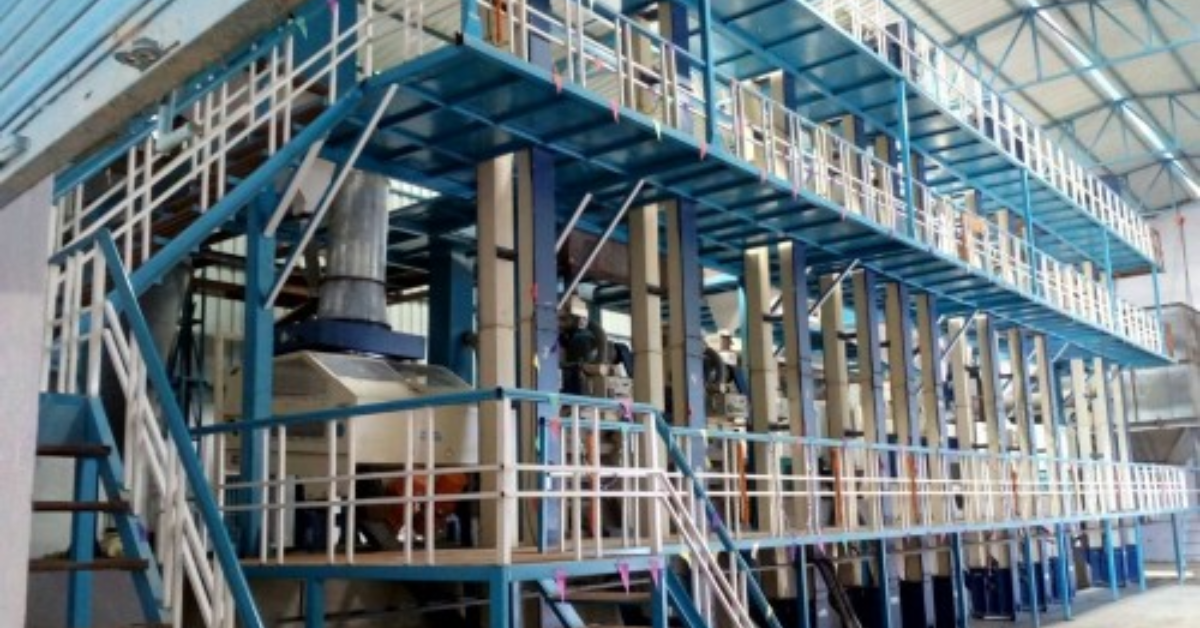The Essential Role of Paddy Separator in Modern Rice Milling
In the rice milling industry, precision and efficiency are vital for producing high-quality rice. One machine that plays a crucial role in achieving this level of excellence is the Paddy Separator This indispensable equipment is specifically designed to separate unhusked paddy from brown rice after the de-husking process. Without it, millers would face inconsistent quality, reduced output, and increased labor costs. As the global demand for rice continues to grow, the importance of advanced technologies like the Paddy Separator becomes even more pronounced in ensuring streamlined operations and maximum yield.
Understanding the Paddy Separator
A Paddy Separator is a piece of rice milling equipment used immediately after the husking stage. When rice is de-husked, the resulting mixture contains both brown rice and unhusked paddy. Since these two components differ slightly in density and surface texture, specialized separators can efficiently distinguish and isolate them. The goal is to ensure that only completely de-husked grains move on to the next stage of processing, while the remaining paddy is sent back for another round of husking.
The effectiveness of a Paddy Separator directly affects the efficiency of a milling plant. If the separation is inadequate, unprocessed paddy may end up in the final rice output, reducing quality and increasing customer dissatisfaction. Conversely, excessive rejection of brown rice as paddy also results in reduced yields. Therefore, precision-engineered machines that can perform this task with high accuracy are crucial.
Types of Paddy Separators
Over the years, manufacturers have developed various designs of Paddy Separators to meet different production scales and facility requirements. Common types include:
-
Tray Type Paddy Separator: This model works on the principle of gravity and is ideal for small to medium-scale mills. It includes multiple trays arranged at a slant, which allows rice and paddy to separate based on their physical properties.
-
Indents Cylinder Paddy Separator: Often used in larger industrial settings, this design uses centrifugal force and indented cylinders to carry out the separation process.
-
Butterfly Double Paddy Separator: A modern innovation, the butterfly double model is known for its enhanced capacity, precision, and energy efficiency. It’s particularly suitable for high-volume rice mills that aim for minimal grain breakage and superior output quality.
Each of these types has its own advantages, but the underlying goal remains the same: to separate unhusked paddy from brown rice with maximum effectiveness and minimum grain loss.
Advantages of Using a Paddy Separator
The implementation of a high-quality Paddy Separator in a rice milling plant provides several operational and economic benefits:
-
Enhanced Product Quality: By accurately separating paddy and brown rice, the machine ensures that only fully de-husked rice progresses to the polishing and grading stages. This leads to a more uniform and appealing final product.
-
Higher Yield: Precision separation prevents wastage of de-husked rice and ensures that only the actual paddy is returned for re-husking. This maximizes the rice yield from each batch of paddy.
-
Reduced Manual Labor: Advanced Paddy Separators are automated, reducing the need for manual sorting and thereby cutting down labor costs significantly.
-
Improved Efficiency: The separation process, when automated and streamlined, enhances the overall throughput of the milling operation. This leads to faster processing times and higher productivity.
-
Lower Energy Consumption: Modern machines, such as the Butterfly Double Paddy Separator, are designed to be energy-efficient. They consume less power while delivering higher output, which is crucial for keeping operational costs low.
Features of a Modern Paddy Separator
Innovative models available in today’s market come with a host of features aimed at improving performance and ease of use. Some of these features include:
-
Adjustable Tray Angles: Allows operators to fine-tune the separation process depending on the grain type and condition.
-
Sturdy Construction: Machines are built with high-grade steel and corrosion-resistant components to withstand heavy-duty use and harsh working environments.
-
User-Friendly Interface: Many separators are now equipped with digital control panels for ease of operation and monitoring.
-
Low Maintenance: Designed to minimize wear and tear, reducing downtime and repair costs.
-
Compact Footprint: Space-efficient models that can be integrated into existing milling lines without requiring large-scale modifications.
These features collectively make modern Paddy Separators a vital part of any competitive rice milling facility.
Selection Criteria for the Right Paddy Separator
Choosing the right Paddy Separator depends on several factors, including:
-
Production Capacity: The machine should match or exceed the output rate of the milling plant.
-
Grain Type: Different varieties of paddy may require specific separation settings or tray angles.
-
Budget: While higher-end models come with more features, there are also cost-effective solutions for smaller operations.
-
Energy Efficiency: Look for models that offer lower power consumption without compromising on performance.
-
Brand Reputation and After-Sales Support: Opting for trusted manufacturers ensures access to spare parts, technical assistance, and warranty coverage.
Maintenance and Best Practices
To ensure long-term performance, Paddy Separators must be regularly maintained. This includes:
-
Cleaning the trays and internal compartments to prevent residue build-up.
-
Checking for mechanical wear in moving parts.
-
Calibrating tray angles or vibration settings to maintain optimal performance.
-
Regular lubrication to avoid friction damage.
Routine maintenance not only extends the life of the equipment but also ensures consistent separation quality over time.
Future of Paddy Separation Technology
With the rise of smart farming and automated processing technologies, the future of Paddy Separator machines looks promising. Integration with sensors and AI could soon allow real-time monitoring and automated adjustments for optimal separation. Furthermore, eco-friendly designs focusing on sustainability and energy conservation will likely dominate the market in the coming years.
Innovations will also focus on hybrid models that can adapt to multiple grain types, offering more flexibility to millers dealing with diverse crop varieties.
Conclusion
The Paddy Separator is not just another piece of equipment in a rice mill—it is a central component that significantly affects product quality, efficiency, and profitability. As the demand for high-quality rice grows across global markets, investing in reliable and advanced separation technology becomes essential. Whether it’s a small-scale unit or a large industrial operation, the right Paddy Separator can make a substantial difference in output and customer satisfaction. By understanding its importance and choosing the right model, millers can ensure a smoother, more efficient, and more profitable milling process.







